
There are a wide variety of native wildflowers you can add to your garden, from vibrant blanket flowers to charming coneflowers. Cosmos flowers are another great choice. They come in a range of colors and sizes, attract pollinators, and are incredibly easy to grow. Perfect for warm, dry climates, these resilient wildflowers are sure to add color and joy to practically any garden. Want to get started growing your own cosmos flowers? This guide will answer all your questions, from planting to pests, including whether you can grow them indoors.
Planting cosmos flowers
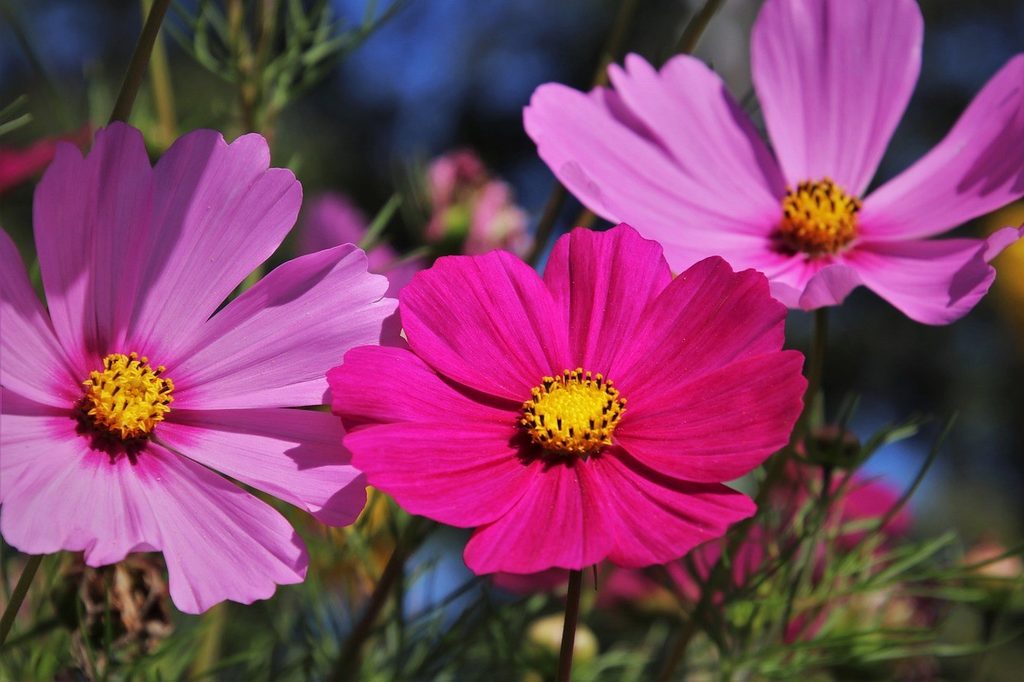
Cosmos, like most other wildflowers, are easy to plant. Start in mid to late spring, after the last frost of the year has passed, unless you plan on starting them indoors and transplanting them. When growing cosmos flowers from seed, don’t bury them deeply. Less than half an inch, ideally around a quarter of an inch, is deep enough. A light covering will protect the seeds but still allow sunlight to reach them.
Cosmos flowers adapt well to most soil types as long as you use well-draining soil. Avoid planting your cosmos in dense or slow-draining soil. Mixing compost into the soil before you begin planting can improve the drainage and give your plants a boost. Choose an area that is in full sun. In extremely hot regions, cosmos flowers can benefit from light shade, but they can’t tolerate full shade.
Cosmos flower care
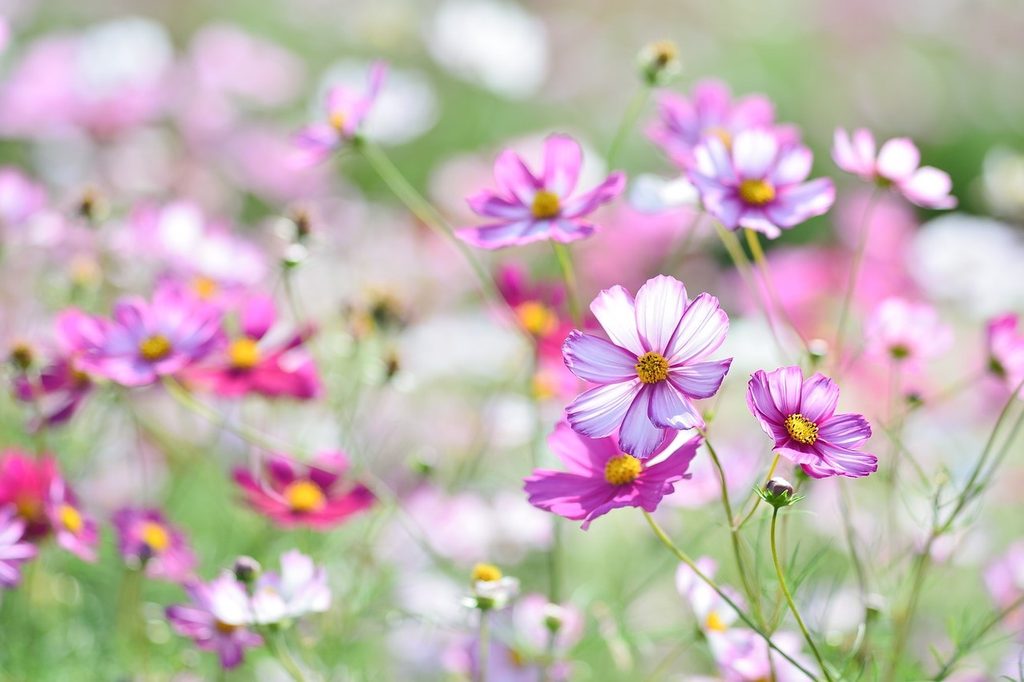
Cosmos flowers don’t need much care. During hot, dry weather, they appreciate being watered, but they are typically fine with rainwater alone. While they are blooming, regularly deadheading them can keep your plant looking tidy and prompt the cosmos to grow new flowers. You can apply compost around your cosmos, but avoid high-nitrogen fertilizers if possible. Nitrogen promotes foliage growth, often at the expense of the flowers.
Cosmos are annuals, meaning they die at the end of the year. When this happens, you have a couple of options. You can collect their seeds to plant next year (or to stop them from growing on their own, if you’ve decided you want to plant something else), and then cut the plants back. You can also leave the plants where they are through the winter. The seeds will drop on their own, and even after they die, the plants can be a valuable source of food and shelter for birds, squirrels, bees, and more!
Common pests and problems
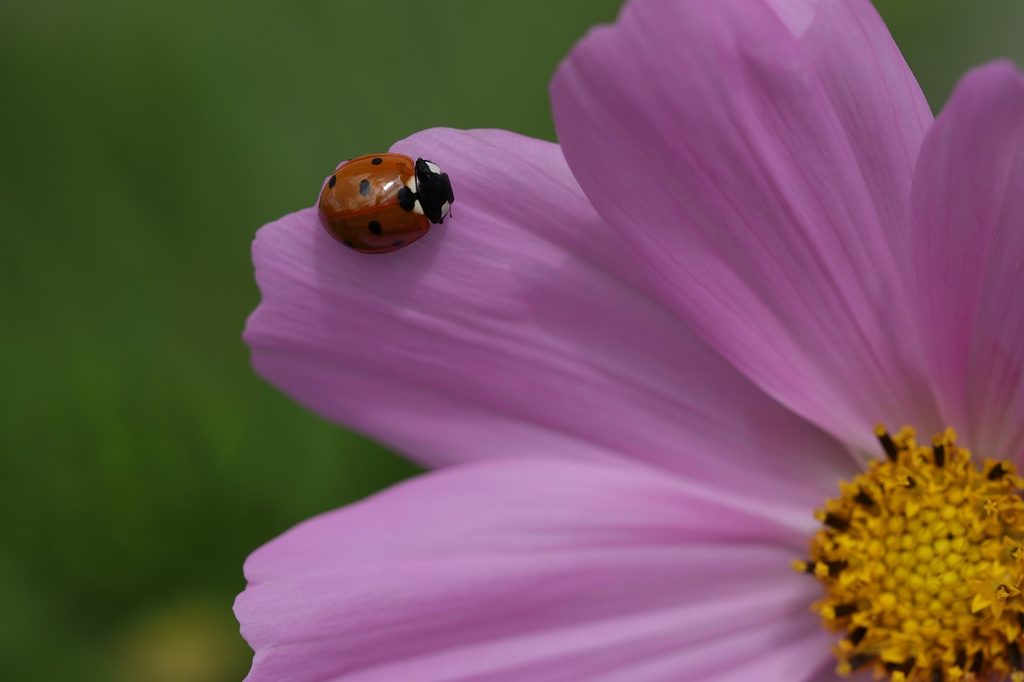
Cosmos flowers only have a few problems and pests to look out for, and they’re easy to prevent or treat! Small garden pests, such as aphids and thrips, can bother cosmos from time to time. While this damage typically isn’t severe, you can keep the pests away with neem oil or insecticidal soap. Cosmos and many of its common companion plants also attract ladybugs, which eat aphids and other pests.
Cosmos flowers can also develop a few different fungal infections. Blight and stem or leaf rot are the most common, and while they can be difficult to treat, they are easier to avoid. Waterlogged soil and damp foliage are the primary causes of these problems. Be sure to plant your cosmos in well-draining soil, only water them when the soil is dry, and water them below the leaves whenever possible.
Cosmos companion plants
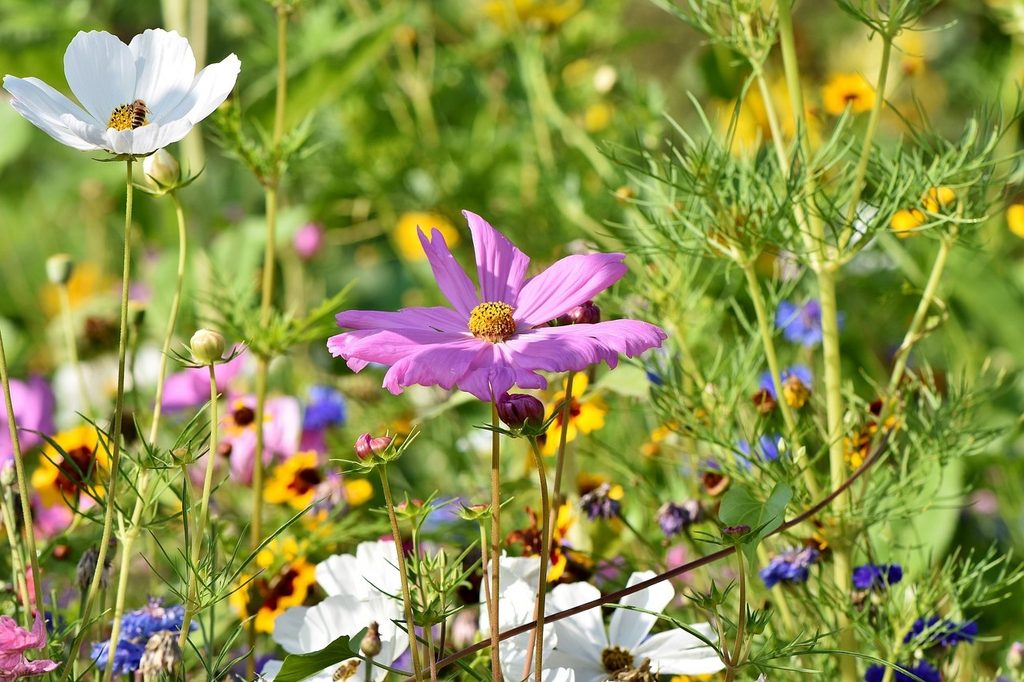
Cosmos flowers grow well with many other wildflowers, herbs, and even fruits and vegetables. As long as a plant is drought tolerant and enjoys full sun, you should be able to plant it near your cosmos without major issues. A few popular wildflowers to pair with cosmos are coneflowers, black-eyed-Susans, and blanket flowers. Dahlias, zinnias, marigolds, and sunflowers are other garden flowers that grow well with cosmos flowers.
Herbs like lavender, rosemary, and dill grow well with cosmos flowers, and herbs will also draw pollinators. Fruits and vegetables such as tomatoes, peppers, cucumbers, and strawberries can all benefit from the pollinators that cosmos flowers attract.
Can you grow cosmos indoors?
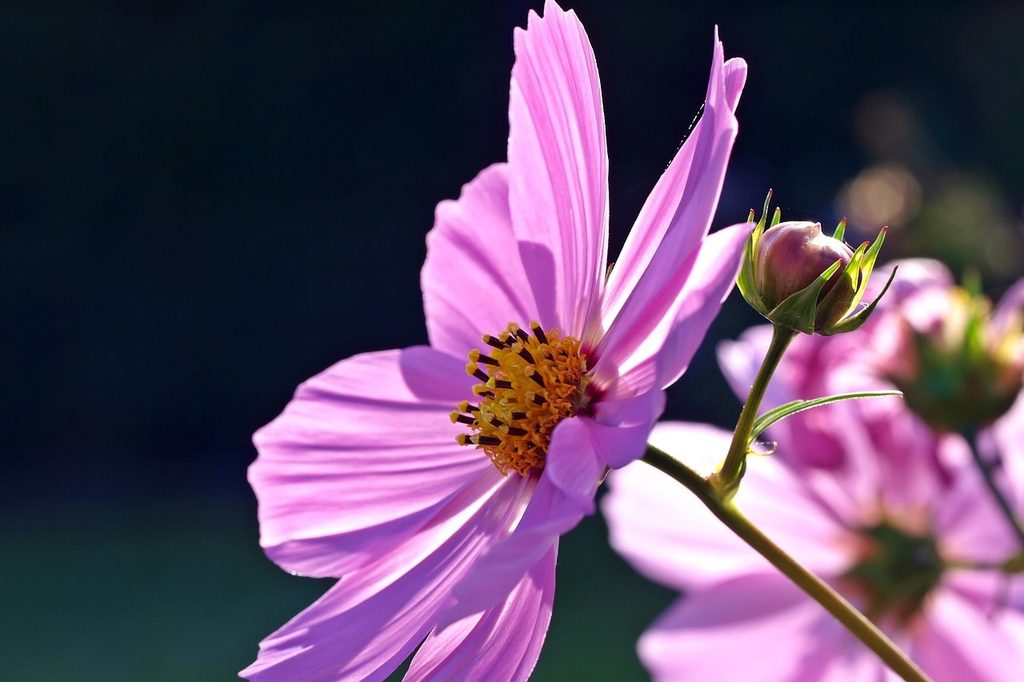
While cosmos flowers can grow in containers, they often struggle to grow indoors. This is usually because of a lack of light, as even the sunniest indoor spaces may not get as much natural light as a full sun garden. Cosmos can grow indoors for short periods, but you may see less growth or fewer flowers than you would with an outdoor cosmos plant. Supplementing with a grow light or sun lamp can help, but you can also try moving your cosmos outdoors for short periods of time, so it has more direct light. Additionally, avoid placing your cosmos near air vents, as the cold air can make them stressed.
Cosmos flowers are beautiful, colorful, beneficial, and easy to grow, so it’s no wonder they’re so popular. Whether you plan on adding a few plants to your pollinator garden, want just one potted cosmos to brighten up your porch, or are planning on scattering some cosmos seeds and letting them take over your unused space, these lovely wildflowers are a delight. Now that you know all the basics of cosmos flower care, you’re ready to get started growing this wonderful wildflower for yourself.


